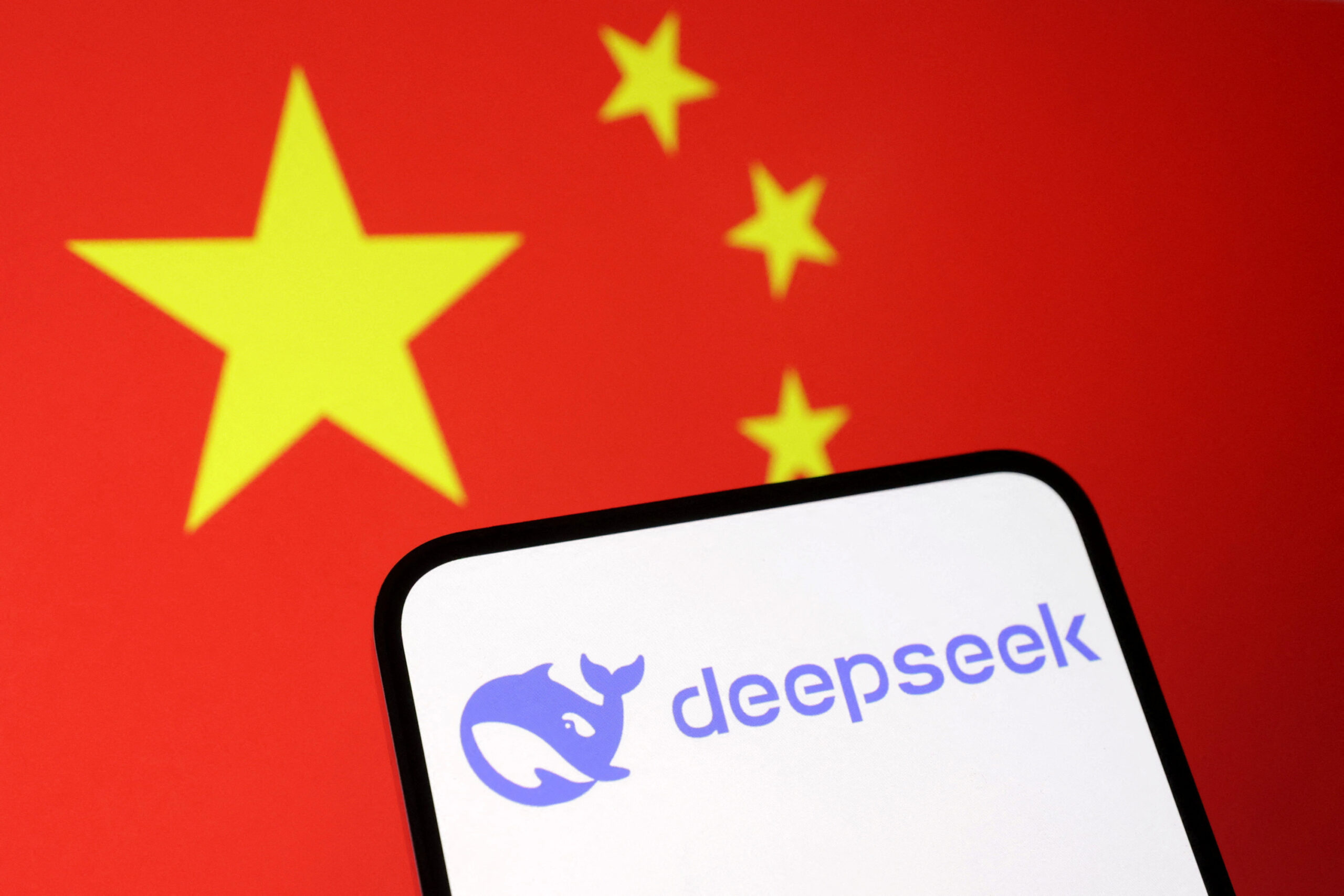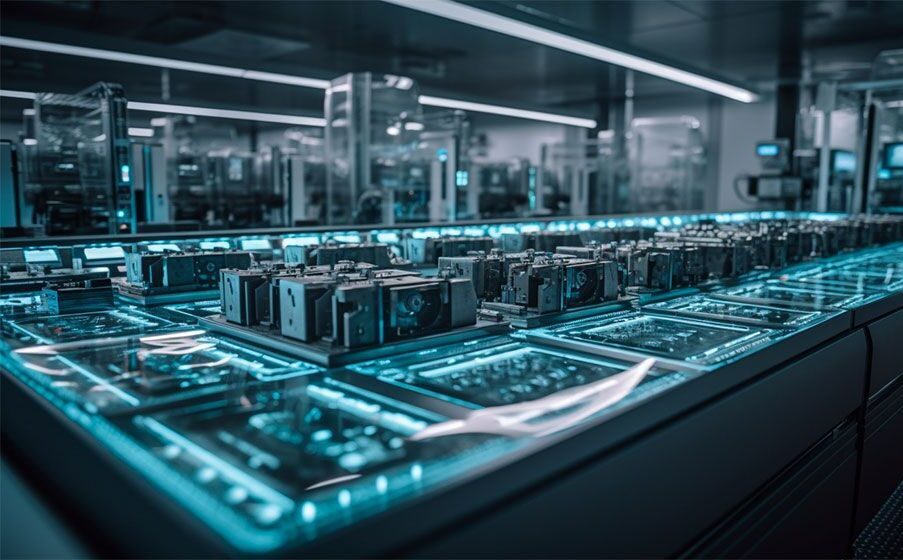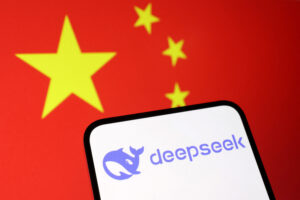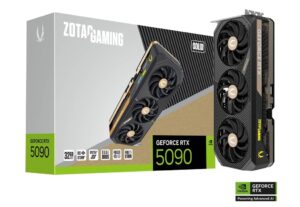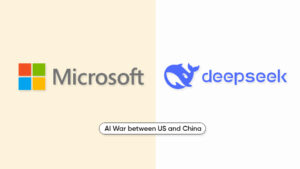President Trump Meets Nvidia’s CEO Jensen Huang: The AI Battle Between the US and China Heats Up
The geopolitical landscape of artificial intelligence (AI) has become increasingly complex over the last decade. The growing influence of China in the tech sector has prompted concerns within the United States about its continued leadership in AI research and innovation. Against this backdrop, the hypothetical meeting between former President Donald Trump and Jensen Huang, CEO of Nvidia, serves as a pivotal moment that sheds light on how the U.S. might respond to advancements from Chinese AI startups—particularly DeepSeek.
Nvidia has long enjoyed a position of dominance in the specialized GPU market, which has become integral to AI training and inference tasks. However, a new wave of AI companies in China has begun to make inroads into this space. DeepSeek, a startup that recently unveiled an advanced AI model powered by Nvidia’s H800 chips—an export-limited variant of the top-tier H100—demonstrates that Chinese firms are steadily narrowing the gap in AI capability.
The stakes could not be higher for American heavyweight Nvidia. The company’s stock price recently dropped by 17%, largely due to apprehensions that Nvidia’s technology might indirectly strengthen Chinese AI initiatives. Moreover, the U.S. government is scrutinizing the extent to which technology exports can be curtailed to hamper rival AI efforts. Yet, such restrictions come with downsides: as China is a major market for many American tech firms, outright bans or hefty tariffs could negatively impact U.S. businesses, including Nvidia, while simultaneously stimulating China’s domestic semiconductor sector.
In this piece, we delve into the broader context of the Trump–Huang meeting, outline the strategic issues discussed, assess the implications for both Nvidia and the United States, and examine how this scenario might reshape the future of AI and semiconductor technology worldwide.
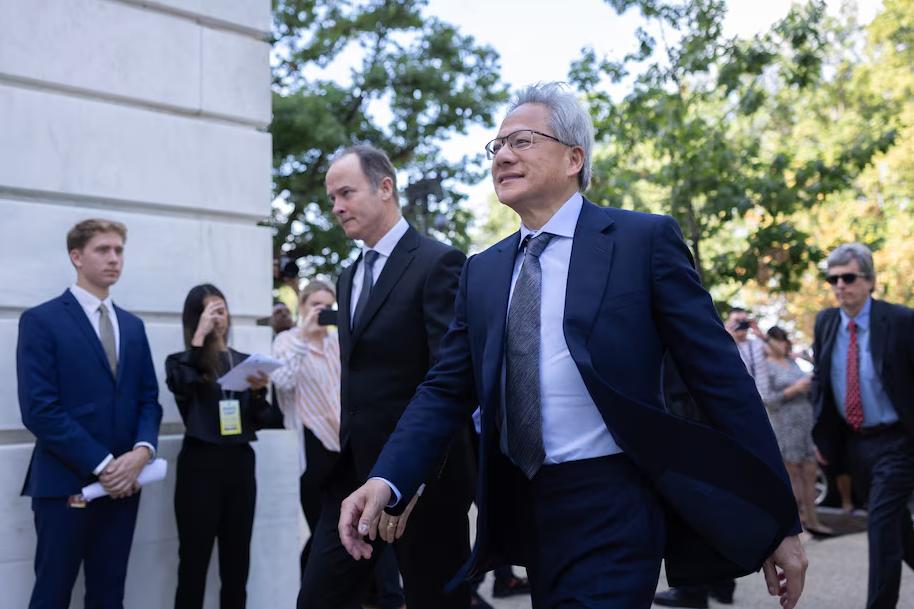
Background of the Trump–Huang Meeting
Nvidia’s Dominant Market Position
Nvidia has been at the forefront of high-performance computing since it pioneered the graphics processing unit (GPU) in the late 1990s. Over the past decade, GPUs have become almost synonymous with accelerated computing, especially in the context of deep learning and other machine learning paradigms. Nvidia’s A100 and H100 chips provide many of the world’s most influential AI labs—notably OpenAI, Google DeepMind, Meta AI—with the raw computational power necessary to train large-scale neural networks.
This dominance has, in turn, propelled Nvidia’s market capitalization and stock price to unprecedented levels among semiconductor companies. Investors continue to see Nvidia as positioned squarely in the heart of the lucrative AI revolution.
Emergence of DeepSeek and Chinese AI Ambitions
China’s determination to become a leading AI power by 2030 is well-documented in its national strategic plans. Numerous Chinese technology giants, including Baidu, Alibaba, and Huawei, have invested heavily in AI research. Amid this landscape, DeepSeek has emerged as a rising star. The startup’s advanced AI model—reportedly able to perform on par with Western competitors—utilizes an H800 GPU from Nvidia, which is a modified version of the H100 designed with narrower bandwidth to meet U.S. export controls.
In the eyes of U.S. policymakers, DeepSeek’s success story highlights the potential for American technology to boost Chinese capabilities. Critics argue that, though the H800 is a restricted chip, it remains powerful enough to enable DeepSeek to achieve near-parity with some Western AI systems.
Why Meet Now?
Donald Trump’s track record shows a firm stance on restricting China’s technological ascent. During his presidency, he enacted tariffs and blacklisted several Chinese companies, citing national security concerns. Although the conversation about AI regulation spans multiple administrations, it has taken on a new urgency as AI becomes a foundational technology that could determine future geopolitical influence.
Jensen Huang, as the figurehead of Nvidia, embodies the tension between commercial interests and national-tech strategy. His priority is to sustain Nvidia’s growth trajectory, which may require access to the enormous Chinese market. At the same time, the U.S. government is increasingly fixed on safeguarding its competitive edge and preventing technology leakage. The meeting appears designed to reconcile these competing imperatives.
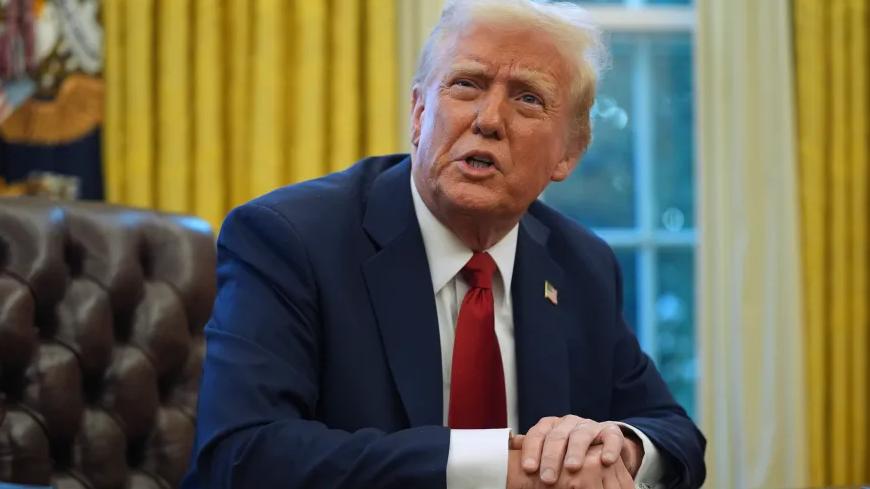
Key Issues Discussed
Potential Tariffs and Export Restrictions on AI Chips
One of the most critical policy tools the U.S. can wield is the imposition of tariffs or outright bans on AI chip exports. Over recent years, the U.S. Department of Commerce has extended its “entity list” to include numerous Chinese tech firms. Although the H800 was specifically created to comply with existing export controls, Nvidia’s willingness to create advanced modifications suggests a “loophole” that could undermine the spirit of these restrictions.
Within the hypothetical discussion, Trump would likely explore whether it is prudent to strengthen the existing measures. Could the U.S. impose more rigorous controls, banning even modified versions like the H800? Or might more nuanced approaches—such as setting performance thresholds or requiring special licenses—strike a balance between security and economic interests? The White House might consider increasing tariffs specifically on advanced chips destined for Chinese AI research labs, effectively raising the cost of technology for DeepSeek and other competitors.
DeepSeek’s Rapid Progress and U.S. Tech Policy
DeepSeek’s rise has ignited concerns that U.S. technology is actively fueling advancements in Chinese AI, potentially giving China the means to narrow the innovation gap. One could argue that the success of DeepSeek serves as a cautionary tale for how American semiconductors can amplify rival capabilities.
Within the Trump–Huang conversation, it is likely that the question of whether Nvidia should continue selling to Chinese AI startups at all would emerge. Some lawmakers might push for an all-out ban, contending that the risk is too great. Others might argue that losing access to the Chinese market damages Nvidia financially, thereby undermining American innovation if Nvidia lacks the capital to invest in next-generation research and development.
Moreover, the deeper question underscores America’s role in a globalized supply chain. Semiconductors rely on intricate production processes spanning multiple countries. If the U.S. imposes extreme restrictions, China might respond in kind by bolstering homegrown alternatives—or forging partnerships with other nations—to bypass American technology. The zero-sum mentality might precipitate a splintering of the global AI ecosystem into competing blocs.
Nvidia’s Business Strategy in the Face of Government Pressure
Even before heightened scrutiny, Nvidia had adjusted its offerings to satisfy export compliance requirements. The H800 exemplifies how competitive advantage must be balanced against regulatory mandates. Huang has previously stressed that Nvidia is a U.S. company which must follow U.S. law, but at the same time, that China remains an essential market. The tension arises when the U.S. government demands more severe limitations and Nvidia sees a substantial revenue source slipping away.
In scenarios where the U.S. government compels companies to stop supplying chips to China, Nvidia might lose billions of dollars in revenue, and ironically, this could drive China to accelerate its domestic semiconductor programs. The conversation between Trump and Huang presumably tackles how Nvidia can ensure that as it grows, it does not inadvertently fuel rival AI efforts to the point of undermining American competitiveness on the global stage.
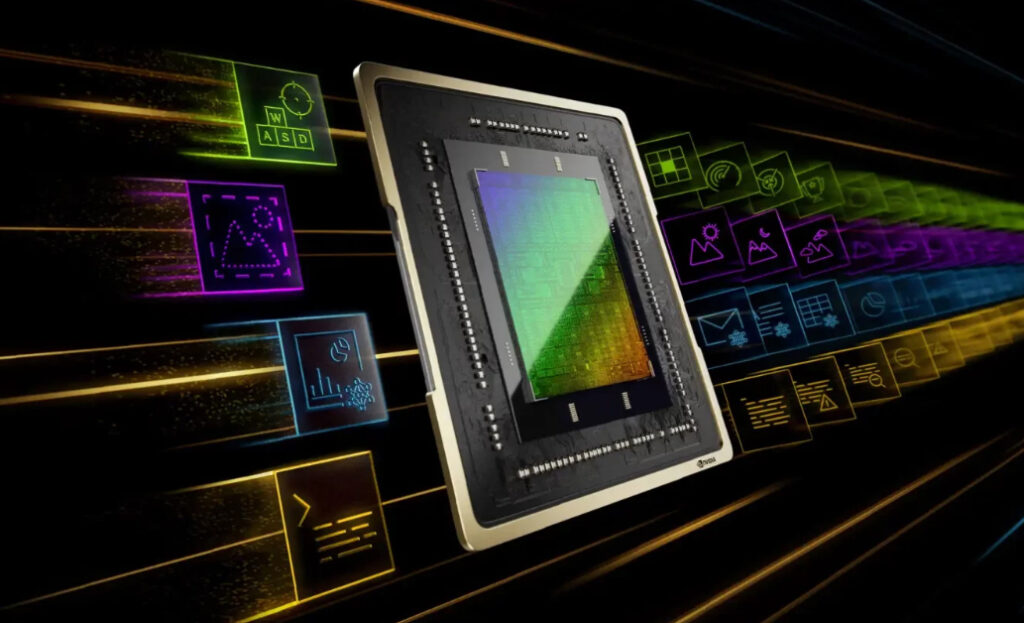
Impact on the Global AI and Semiconductor Landscape
Market Fragmentation
One immediate consequence of tighter export controls could be the creation of two parallel AI ecosystems: one dominated by American partners like Nvidia, AMD, Intel, Google, and Microsoft; and another cultivated by Chinese firms like DeepSeek, Huawei, Baidu, and Alibaba. Each side might develop its own chips, cloud infrastructures, programming frameworks, and AI standards. This fragmentation would dampen the cross-pollination of ideas and hamper global collaborative research.
Many experts argue that restricting exports might only give short-term advantages. If China’s AI sector is locked out, Chinese companies might double down on domestic R&D, eventually birthing an alternative ecosystem immune to American influence. In the long run, this could even erode the centrality of Nvidia and other Western champions, as Chinese firms cultivate an equally sophisticated AI infrastructure.
Competitive Pressure from Other U.S. Chipmakers
Nvidia’s problems with government regulation may turn into an opportunity for its American competitors. AMD has made significant strides with its Radeon Instinct and CDNA architecture; Intel has entered the GPU market with its data center solutions, including the Ponte Vecchio GPU architecture. Meanwhile, technology giants such as Google develop custom Tensor Processing Units (TPUs), and Amazon invests heavily in AI chips for AWS.
If Nvidia faces capped revenue streams from China, AMD and Intel might be able to lure investors by touting their diversified markets or lesser exposure to restricted regions. The overall effect could be a shift in the semiconductor balance of power within the United States itself.
Acceleration of China’s Indigenous Semiconductor Capabilities
Stricter export measures might pressure Chinese startups—and the broader ecosystem—to pursue self-sufficiency in chip design and production. Champions like Huawei have long recognized the strategic importance of in-house semiconductor R&D. Through subsidiaries such as HiSilicon, Huawei was developing chips, although hampered by U.S. sanctions. The reality is that these challenges often serve as catalysts for accelerated domestic innovation in China. By restricting Nvidia’s advanced chips, the United States may unwittingly fortify the impetus for China’s industry to innovate faster.
Over time, a worst-case scenario from the U.S. perspective might be that China not only achieves parity in AI chip performance but surpasses American designs. This type of blowback underscores the potential pitfalls of an excessively rigid approach.
Stock Market Volatility and Investor Confidence
Investors pay close attention to the interplay between geopolitics and business fundamentals. Nvidia’s 17% stock drop, at least partially triggered by fears that H100 and H800 chips will effectively empower DeepSeek, stands as a testament to the market’s sensitivity. Should the Trump–Huang discussions foreshadow a new wave of draconian export controls, Nvidia’s share price could hang in the balance. By extension, the broader tech sector—already mindful of sharp government regulation—might see a ripple effect of uncertainty.

Strategic Perspectives
Balancing National Security and Economic Interests
Central to the entire dilemma is the tension between national security and open market principles. The U.S. has historically laid claim to leadership in technology by promoting a liberal economic environment that encourages innovation and invites global talent. However, national security concerns have always put boundaries on what can be shared and with whom.
Restrictive regulators see a need to deny the Chinese AI ecosystem access to hardware that can train large-scale models, believing that these models might facilitate advanced military planning, espionage, or mass surveillance. Their stance is that the short-term economic losses for American companies like Nvidia are a necessary price to pay for long-term geopolitical stability.
Proponents of a more measured approach, meanwhile, argue that international collaboration has, in fact, propelled American dominance in key tech sectors. By curtailing chip exports in an extreme fashion, the U.S. might reduce Nvidia’s ability to invest in next-generation AI research, effectively ceding ground to rivals that operate unencumbered. Thus, the Trump–Huang meeting might revolve around forging a middle path that reflects these differing priorities.
Staggered or Tiered Export Policies
One promising idea is to introduce nuanced export control regimes that differentiate among various levels of AI chip performance. Under such a scheme, the top-tier GPUs (like the H100) might be fully restricted, while mid-level or “nerfed” variants (like the H800) could be approved under special licensing conditions. This would maintain some revenue streams for Nvidia while preventing the direct export of cutting-edge technologies that potentially enable near-peer AI competition.
However, the critical question remains: how effectively can these performance thresholds be policed? With AI rapidly evolving, the line between “game-changing” and “standard” hardware might shift. This approach demands real-time recalibrations and a robust compliance framework.
Incentivizing Domestic AI Innovation
Regardless of how stringent the U.S. becomes with exports, deep investment in domestic research and development is vital to maintain AI leadership. Initiatives such as coordinated public-private partnerships, tax incentives for AI startups, and an emphasis on strengthening STEM education within the workforce remain cornerstones of long-term competitiveness.
A meeting between a figure like Donald Trump and a titan like Jensen Huang might involve discussions around funneling funds toward organizations—academic institutions, labs, or companies—that contribute to the health of the American AI ecosystem. Strengthening supply chains, expanding manufacturing capacities within U.S. borders, and reducing reliance on overseas production could also emerge as topics, propelled by national aspirations for technological sovereignty.
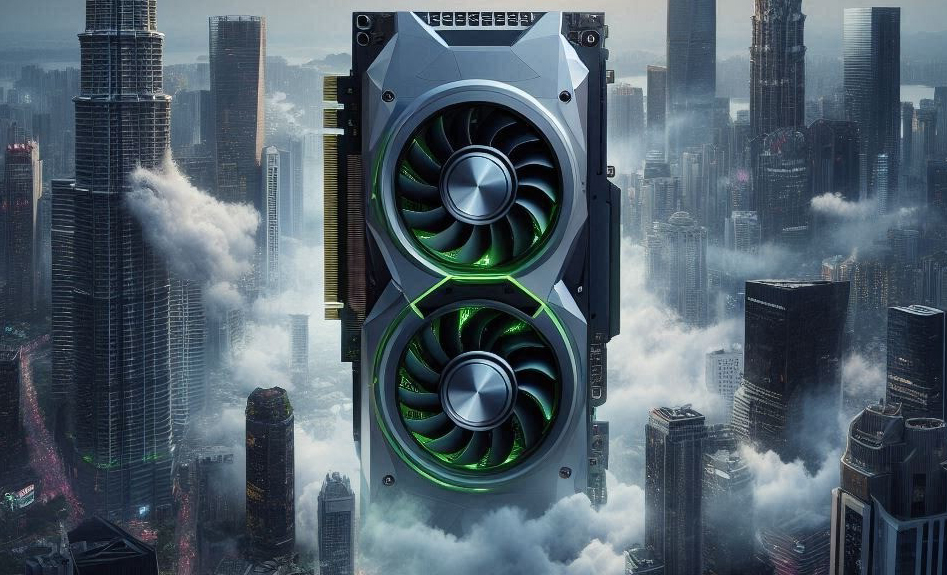
Possible Outcomes and Scenarios
Scenario A: Strict Controls Impose a Hard Stop on Nvidia’s China Sales
One plausible future scenario is that the U.S. administration (or future administrations continuing in a similar vein) applies even stricter restrictions, effectively banning sales of advanced AI chips to Chinese firms like DeepSeek. The short-term effect might be a sharp revenue drop for Nvidia and a parallel sense of urgency in China to circumvent American technology. Over time, China may successfully establish an autonomous semiconductor ecosystem, ironically making U.S. companies less influential. Instead of slowing China’s AI ambitions, this could accelerate them.
Scenario B: Nuanced Constraints and Ongoing Dialogue
Another scenario allows Nvidia to continue servicing parts of the Chinese market through downscaled products with enforced performance ceilings. This approach would be dynamic, adjusting to intelligence on China’s AI progress. Continuous dialogue with the government would be essential. Nvidia might retain a revenue base, albeit smaller, while the U.S. would maintain some measure of oversight, potentially slowing DeepSeek’s ascent. In this scenario, there is more likelihood of a balanced global AI environment, although the formation of separate ecosystems remains possible.
Scenario C: Breakdown in U.S.–China AI Relations
A more disconcerting trajectory would be the zero-sum escalation in which both the U.S. and China further decouple their tech sectors. In that event, both nations might place broad restrictions on each other’s hardware and software. Suppliers, researchers, and startups caught in the middle would scramble to adjust to a drastically altered market. Global disruptions to supply chains could become pronounced, and dual ecosystems would likely form, each with its own technical standards, hardware designs, and AI platforms.
The greatest losers in this scenario might be smaller nations and smaller companies that rely on open access to American and Chinese innovation. The overarching fear is that a “tech cold war” could hamper the free flow of AI knowledge, forestalling breakthroughs that hinge on collaborative efforts.

Future Outlook for AI Competition
The Race to AI Supremacy
Debates about whether the U.S. or China can claim the top spot in AI are multifaceted. The U.S. benefits from top universities, a vibrant venture capital ecosystem, and established chip designers; China has huge volumes of data, a rapidly growing pool of AI researchers, and government-led initiatives that pour billions into R&D. DeepSeek’s emergence is just one piece of the broader Chinese vision. Even if the U.S. tries to stall progress through export limitations, it is uncertain whether this can meaningfully slow the determined, well-funded AI growth strategy of Beijing.
The Role of International Norms and Collaboration
Beyond U.S. national policy, there is an international dimension to AI governance. If American restrictions become too draconian, other countries—such as those in the European Union, or rising Asian tech hubs like Singapore—might gain a moderating influence by offering a neutral stage for AI collaboration. They could function as alternative nodes in the global supply chain.
Some experts project that a multinational framework akin to “nuclear non-proliferation” for AI could eventually materialize. Yet, AI is distinct from nuclear technology: it is more dispersed, involves myriad commercial applications, and evolves at an exponentially faster rate. The Trump–Huang dialogue might be a microcosm illustrating that any effectively enforceable AI treaty or agreement will require buy-in from corporate leaders, policy experts, and scientific communities worldwide.
Implications for AI Ethics and Governance
Amid the tussle over who controls semiconductor technology, the ethical and governance dilemmas of AI cannot be ignored. The potential for misuse of AI in mass surveillance, discriminatory decision-making, and lethal autonomous weapons stands as a moral concern. One might argue that by restricting Chinese access, the U.S. is limiting the reach of potentially abusive AI systems. Conversely, some might retort that such steps do not solve the fundamental problem: advanced AI can emerge from many corners of the globe, and meaningful ethical constraints require a more holistic approach than unilateral export controls.
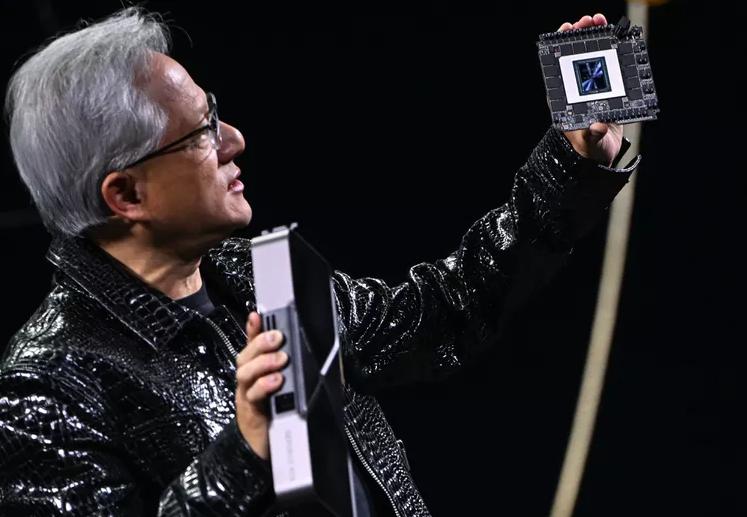
Conclusion
The hypothetical meeting between former President Donald Trump and Nvidia CEO Jensen Huang offers a revealing lens through which to examine the profound complexities shaping global AI competition. On the surface, this meeting might appear to be a straightforward conversation about technology exports and national security. Yet, beneath that surface, lie deeper tensions involving market structures, geopolitical strategy, ethical considerations, and the fundamental question of how nations seek to preserve technological hegemony in a rapidly transforming world.
Nvidia, with its unparalleled GPUs, stands at the nexus of the AI revolution. The company’s success story epitomizes the American knack for innovation. However, its commercial ambitions increasingly clash with political imperatives—particularly the desire to restrain Chinese AI breakthroughs that might emerge in part from American hardware. The immediate fallout includes stock market turbulence and anxious policymaking, and the long-term reverberations could reshape the global semiconductor industry.
For the United States, the crux of the matter revolves around a policy dilemma: how to carefully calibrate export controls so as to defend national security, without stifling the vitality of its own tech firms. Too little control and China makes further gains in AI; too much and American businesses are constrained, risking the creation of a formidable—and self-sufficient—Chinese semiconductor ecosystem. Meanwhile, for Chinese innovators like DeepSeek, U.S. restrictions could serve as both barrier and catalyst: a short-term hurdle that triggers more robust domestic R&D.
Ultimately, the questions this scenario poses reflect critical junctures in a fast-evolving marketplace. Will AI continue to develop under a singular global framework that fosters open collaboration and mutual benefit? Or are we about to usher in a new era of compartmentalized tech ecosystems—one anchored in Silicon Valley, the other emerging in Shenzhen or Beijing? And how can major actors like Nvidia navigate a fraying global order where demands from the White House clash with the realities of a vital Chinese consumer base?
In the absence of definitive answers, one certainty remains: AI is at the forefront of 21st-century technology and geopolitics. Leaders on both sides of the Pacific—and influential companies like Nvidia—will play critical roles in determining how this sector evolves. The emergent tensions may incentivize some level of decoupling, but they may also spur breakthroughs aimed at vying for global AI supremacy. Watching the moves of policymakers and CEOs alike will be essential to understanding where the next wave of AI innovation will crest, and whether a balanced or fragmented system will prevail.
If the goal is to maintain America’s historic role as a technological trailblazer, constructive engagement and carefully strategized policies might serve better than brute-force restrictions. In parallel, China’s relentless push for AI leadership indicates that no single measure from Washington will unilaterally halt its progress. The meeting of Donald Trump and Jensen Huang, real or hypothetical, underlines the delicate balancing act upon which the future of AI—and the global competitive landscape—hinges.


